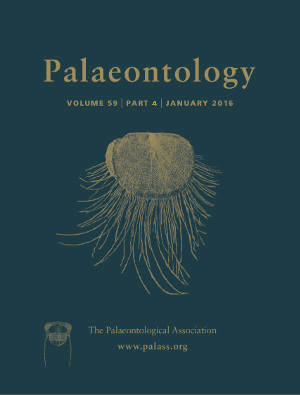Reg. Charity No. 1168330

Lagerstätten, places where soft‐bodied organisms became mineralized, provide a substantial bulk of palaeobiological information, but the detailed mechanisms of how soft‐tissue preservation takes place remain debatable. An experimental taphonomy approach, which allows for direct study of decay and mineralization, offers a means to study the preservational potential of different soft‐bodied organisms under controlled conditions. Here we compare the preservational capacity of two types of clay (kaolinite and montmorillonite) through a long‐term (24 month) experiment involving the burial and decay of small crustaceans. Our experimental design is innovative in that it models catastrophic sedimentation in fine‐grained colloidal suspension, which is believed to form Lagerstätten deposits. We demonstrated better preservation of buried organisms in clays compared to water, and in kaolinite compared to montmorillonite. As aluminium cations were present in high concentrations in kaolinite sediment but not in montmorillonite, the better preservation in kaolinite is attributed to the tanning properties of aluminium, which catalyses cross‐linking in proteins, protecting them from bacterial degradation. Anaerobic environments and acidification also slow down decay, but they are less effective than tanning. Kaolinite and montmorillonite replaced the crustacean integuments differently: in the remains buried in kaolinite, Al and Si were detected in equal proportions, while in those buried in montmorillonite, the Si content appeared to be much higher even in comparison with the initial sample of the clay. These variations probably arose from the different dynamics of acidic hydrolysis in the two clays associated with anaerobic decomposition of organic matter. Our results show that the preservation mechanism includes multi‐component interactions between the solution, mineral, sediment and organic remains; taken separately, any single component explains little. The specific conditions that occur within the colloidal clay sediments can facilitate conservation and start fast mineralization according to chemical properties and elemental content.